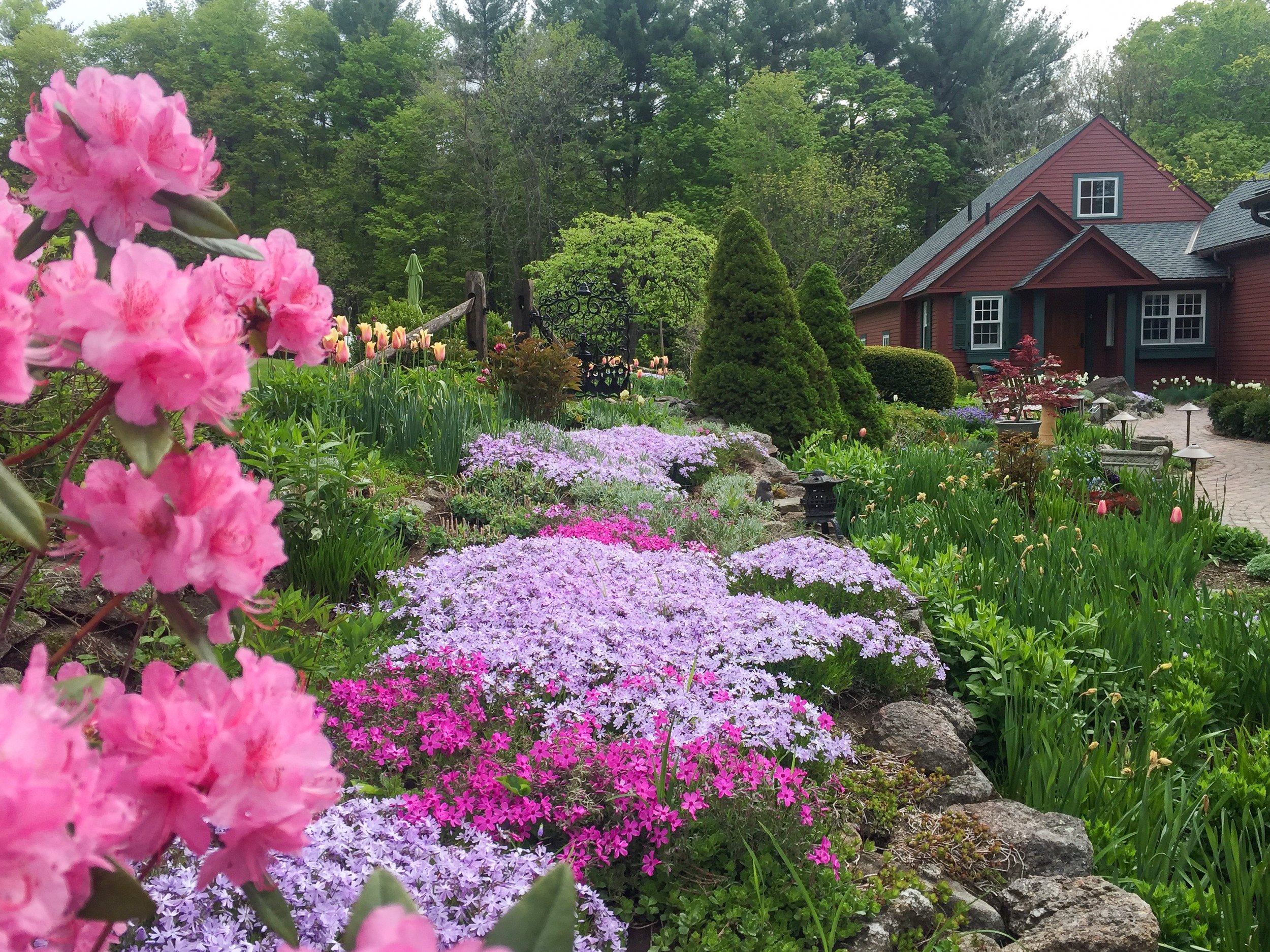
Garden Care
Fine Gardening & Horticultural Expertise
Our team specializes in seasonal plant care, ensuring vibrant gardens year-round with precision pruning, deadheading, and soil enhancement. We focus on maintaining the health and beauty of your landscape with thoughtful planting and expert care for all garden types.
Perennial & Annual Garden Management
Thoughtful selection and placement of plants for continuous beauty throughout the seasons.Tree & Shrub Health Care
Expert trimming, disease prevention, and maintenance for lush, structured landscapes.Soil Analysis & Conditioning
Organic techniques to promote healthy soil, ensuring strong plant growth and vitality.
Ecological Land Management & Sustainable Landscaping
We create sustainable, low-maintenance gardens that enhance biodiversity and promote environmental health. Our approach integrates eco-friendly solutions to protect water resources, soil health, and local wildlife.
Native & Pollinator-Friendly Gardens
Design landscapes that support local wildlife and enhance biodiversity.Water Conservation Techniques
Implement strategies like rain gardens and drip irrigation to conserve water and promote plant health.Sustainable Landscape Design
By using organic soil practices, minimal chemical inputs, native plant selections, and reclaimed antique stone, we create thriving, resilient gardens that harmonize with the environment and reduce material impact.
Organic Soil Care & Revitalization
Soil Analysis
When plants show signs of stress, we conduct soil testing to identify issues and recommend organic treatments.Soil Improvement
Amending soil with compost to restore nutrients and improve structure, ensuring optimal plant performance.Fertilizing Beds
Routine fertilization for healthy growth, increased flower/fruit production, and enhanced resistance to pests and diseases.
Seasonal Plantings & Containers
We enhance your outdoor spaces with beautiful seasonal plantings, ensuring vibrant displays throughout the year. From summer annuals to hardy fall plants, we ensure each container and planting thrives with careful attention.
Seasonal Containers
Plant annuals and perennials with slow-release fertilizers to ensure performance.Summer & Hardy Fall Annuals
Plant vibrant seasonal annuals, fertilizing for optimal bloom time and performance.Winter Arrangements
Create festive winter and holiday arrangements with local evergreens and colorful accents.
New Plantings & Landscape Enhancements
Add new life to your garden with carefully chosen perennials, shrubs, and trees that complement existing plantings. We ensure the proper soil amendments and fertilizer are used to promote healthy growth.
New Plant Installations
Enhance your landscape with well-chosen plants that attract wildlife and provide seasonal interest.Soil Amendments & Fertilization
Ensure plants thrive by adding compost and nutrients tailored to your specific soil needs.
Seasonal Garden Care & Landscape Maintenance
Our seasonal services ensure your garden stays vibrant and healthy throughout the year. From spring cleanup to fall maintenance, we focus on enhancing plant vitality, promoting growth, and preparing for the next season.
Spring & Fall Cleanup
Spring: Remove winter debris from planting beds. Fall: Cut back perennials and prepare gardens for the colder months.Mulching & Soil Restoration
Apply mulch to retain moisture, prevent erosion, and improve soil health.Edging & Bed Definition
Maintain crisp edges and defined planting beds throughout the season.Watering & Maintenance
Ensure proper watering, especially for new plantings and containers, during dry spells.
Pruning & Plant Care
Our pruning services focus on maintaining plant health, improving structure, and encouraging new growth. We handle everything from seasonal pruning to special rejuvenation techniques for older plants.
Winter & Seasonal Pruning
Trim trees and shrubs for better structure and health, with attention to the right timing for each plant.Rejuvenation Pruning
Improve the growth habit and vitality of older plants, boosting their flowering and fruiting potential.Specialized Pruning for Health
Prune for better airflow, disease prevention, and overall plant strength.








